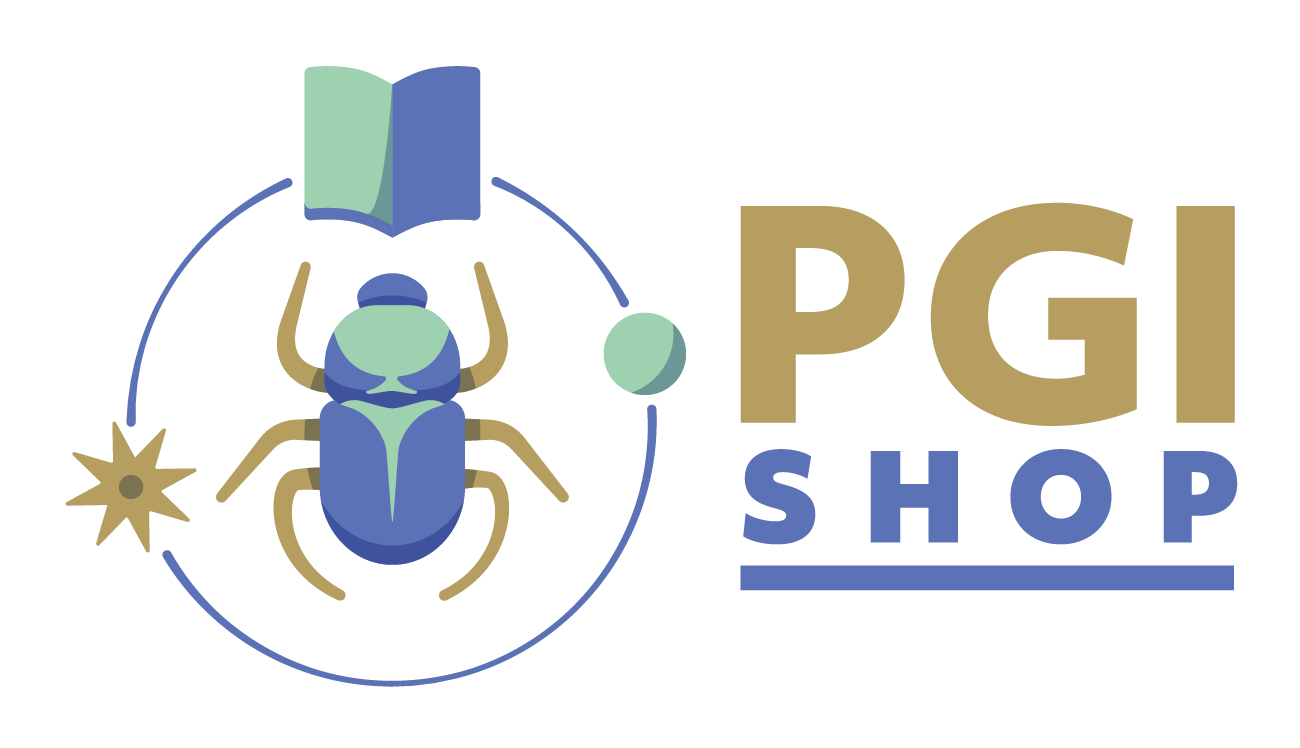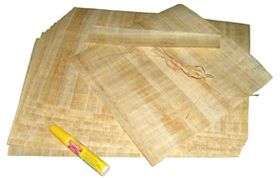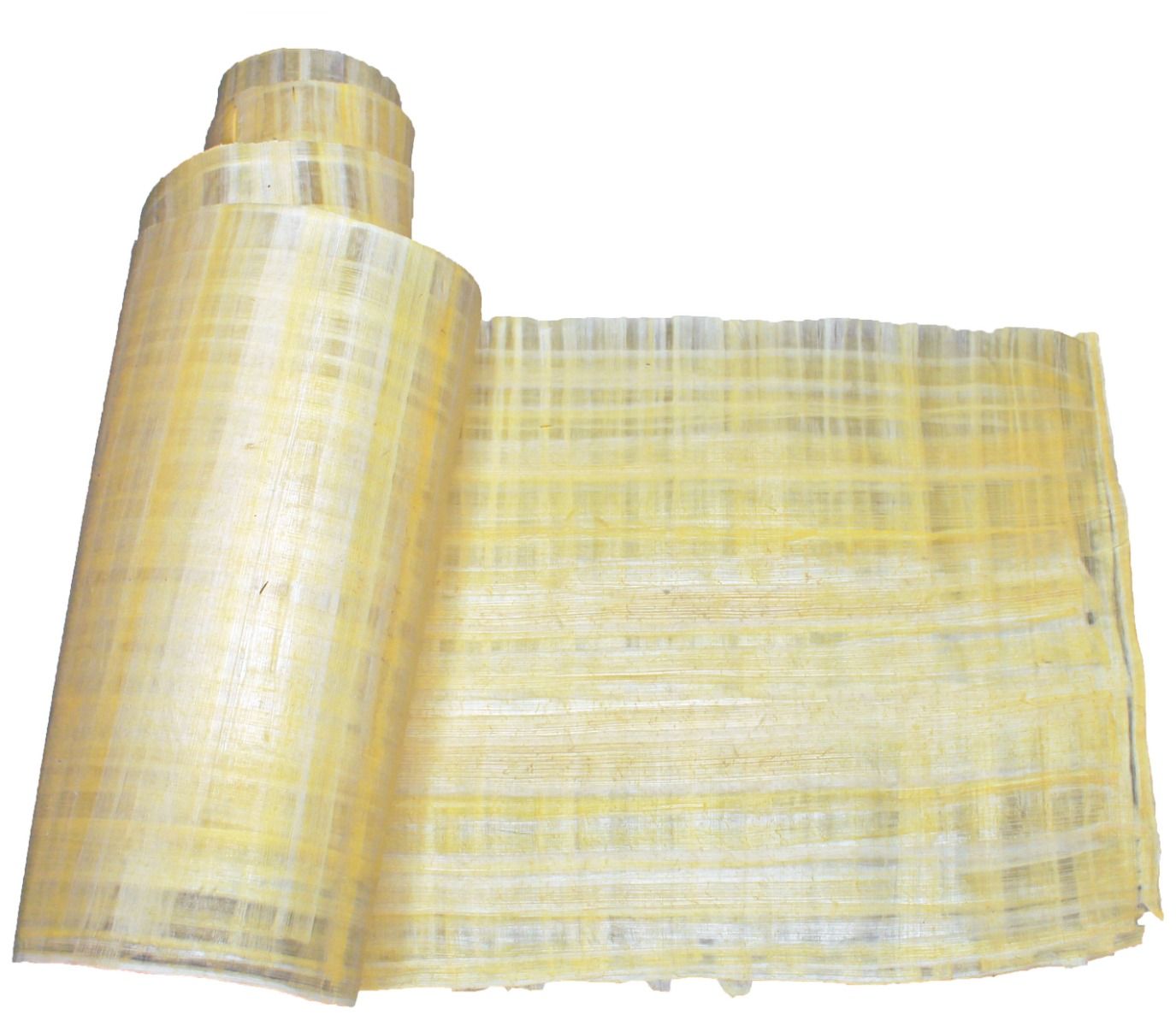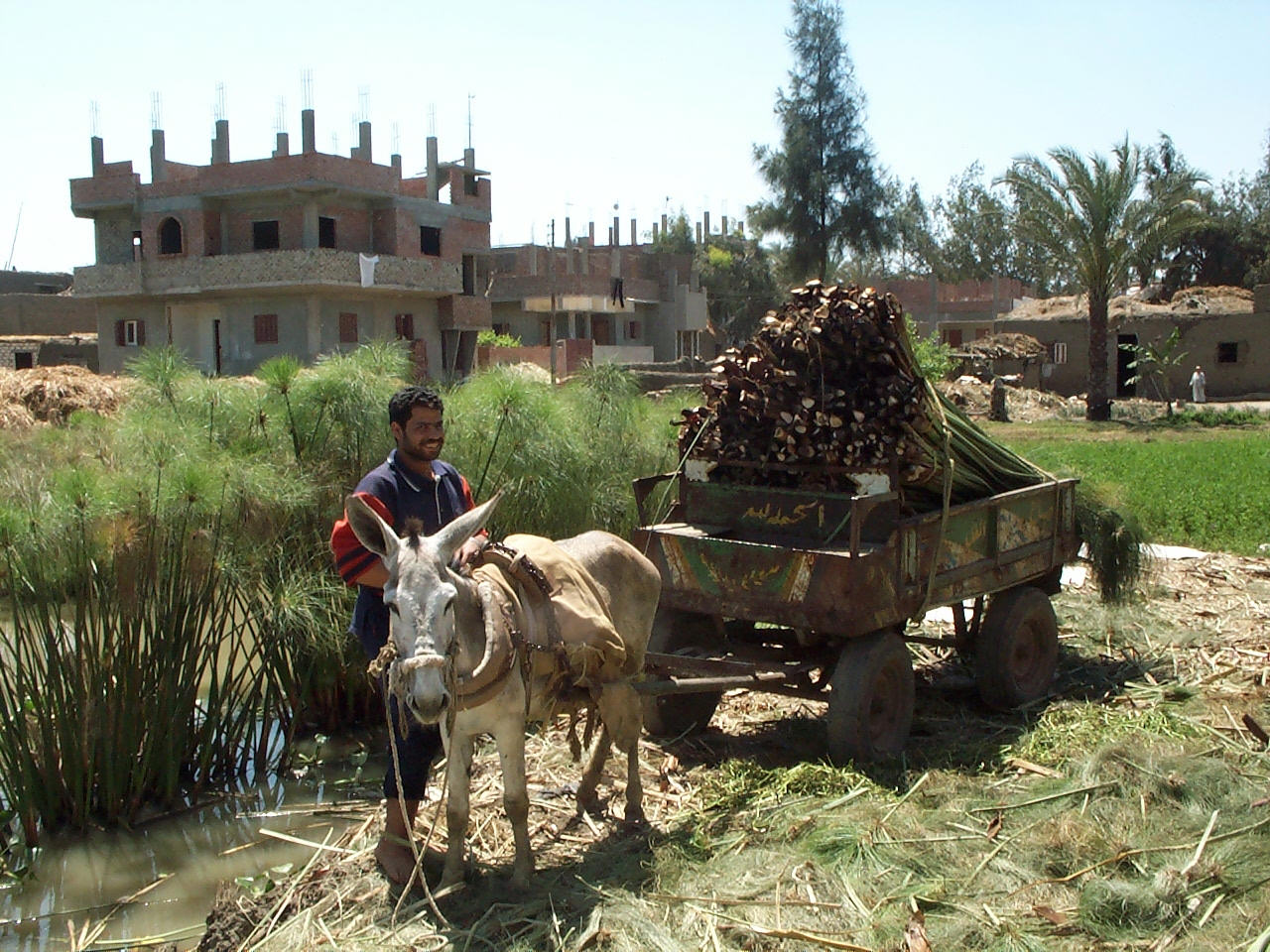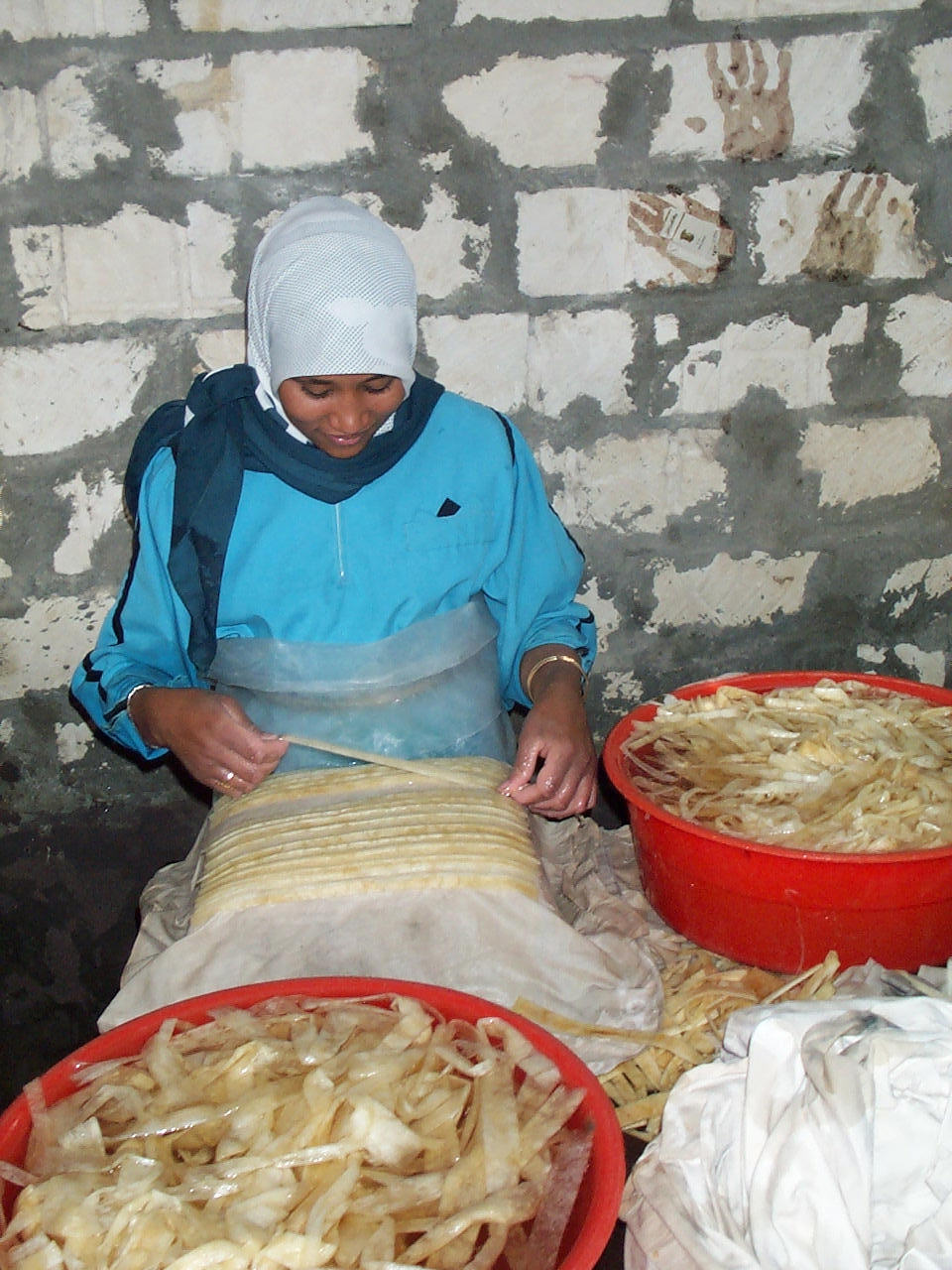Papyrus bible roll - self assembly kit
Product number:
7006
Bible scroll approx. 22 cm x 320 cm
Papyrus is a robust and versatile material with a wide range of design possibilities. This is how history can be "grasped"!
Ideal for thematic school and art lessons.
Can be written on and painted in many ways, there are no limits to your imagination.
Perfect for anniversaries, weddings, birthdays etc.
Contents:
10 sheets of A4 papyrus
1 protokollon & 1 titulus
White glue, raffia string
Detailed description
PGI papyrus
hand laid papyrus, made in Egypt
cut edge, guaranteed fair trade
For painting:
12 double-fibre pen - item No. 2701
Set of 6 tempera colours - item No. 2711
Set of 14 tempera colours - Article No. 2712
Brush set 6 pieces - Article No. 2713
Mixing palette - Article No.2714
Product information "Papyrus bible roll - self assembly kit"
The history of the papyrus scroll
In Ancient Egypt, the papyrus scroll was already known since the 4th millennium BC. From the 6th century B.C. it was also widely used in Greece and from there it reached Rome 300 years later. In the course of time, parchment replaced papyrus as the most common writing material. Nevertheless, documents written on papyrus scrolls have survived until the 11th century AD.Production and appearance of ancient papyrus rolls
"recto" and "versoAn ancient papyrus roll was about 6 metres long when unrolled and was made by gluing up to 20 individual sheets together. Writing was done on the inside of the roll. Writing was much easier if one worked in the same direction as the papyrus strips. Therefore, when gluing the papyrus sheets together, care was taken to ensure that the side with the horizontal plant strips faced inwards. This writing side of the scroll was called "recto". The reverse side with the vertically running plant fibres was called "verso".
Text design
The scrolls were inscribed parallel to their longitudinal edge in uniformly wide blocks with the same number of lines, similar to the columns of our modern newspapers. A wide margin was left free at the top and bottom to preserve the writing block in case the roll was damaged."protokollon"
The first sheet of the roll was not written on. It was called "protokollon" and served as a protective cover for the papyrus roll. It was the only sheet whose papyrus strips ran parallel on the outside of the roll. The "recto" side proved to be more pliable when rolled up and thus much more durable. The papyrus roll was better protected in the long run if this side was on the outside.
"titulus"
In order to be able to find a particular papyrus roll quickly among several other rolls, a small papyrus strip called a "titulus" was attached to its upper edge. The name of the author and the title of the book were written on the "titulus".
